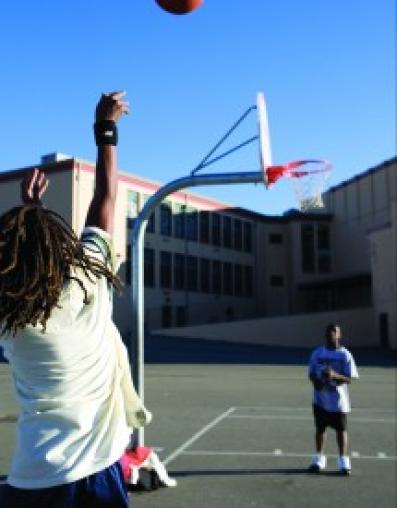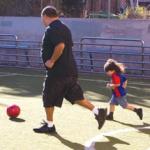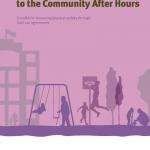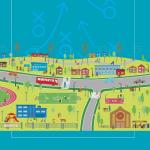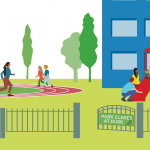Joint Use in California
A series of model agreements
A joint use agreement (JUA) is a formal agreement between two separate government entities–often a school and a city or county–setting forth the terms and conditions for shared use of public property or facilities.
Just as there is no one model JUA, there is no single method to develop an agreement. Successful JUAs require a lot of thought, effort, and cooperation to reach agreement on a range of issues.
ChangeLab Solutions has developed this series of model agreements for joint use in California that can be customized for different types of facilities, partnerships, and use.
- JUA 1: Opening Outdoor School Facilities for Use During Non-School Hours (is the simplest of the model joint use agreements. It is an agreement in which the community can use designated school district outdoor recreation facilities.
- JUA 2: Opening Indoor and Outdoor School Facilities for Use During Non-School Hours is a model agreement in which the community can use designated school district indoor and outdoor recreation facilities.
- JUA 3: Opening School Facilities for Use During Non-School Hours & Authorizing Third Parties to Operate Programs is a model agreement in which the community can use designated school district indoor and outdoor recreation facilities, and it also allows for third parties, such as youth organizations or youth sports leagues, to operate recreation programs using school facilities.
- JUA 4: Joint Use of District and City Recreation Facilities is a model agreement in which the school district and local government agree to open all or designated recreational facilities to each other for community and school use. It also allows for third parties, such as youth organizations or youth sports leagues, to operate recreation programs using school facilities.
